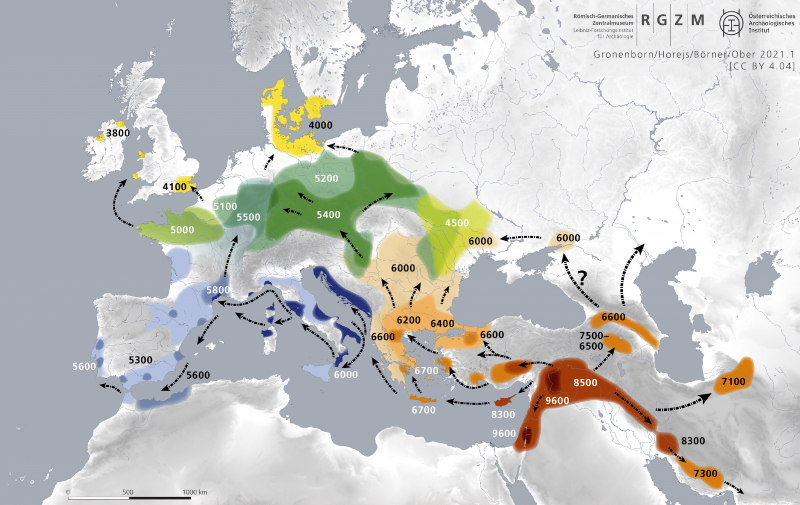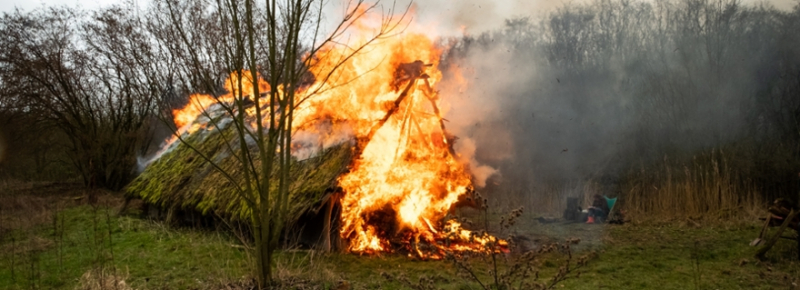Why Did Neolithic Europeans Burn Down Their Houses?
Neolithic Europe saw an odd phenomenon at the time: people were burning down their own homes, apparently on purpose, especially in the southeast. New colonies would have been constructed on top of the burned remains of entire villages that would have been instantly set on fire. The purpose and history of this activity, which archaeologists refer to as the "burned home horizon," remain largely unknown.
Although many Neolithic cultures engaged in this practice, the Cucuteni-Trypillia culture, which occupied a sizable portion of modern-day Ukraine, Romania, and Moldova, seems to do it particularly frequently. Why is the key query. There are six plausible theories, and the first two claim that the burns were not intentionally caused. One contends that they occurred accidentally as a result of combustible substances and incendiary activities like cooking, and the other contends that intruders were attacking when they did. But neither can account for the practice's frequency or the fact that bodies were hardly ever discovered inside the burned-out homes.
The other four ideas all suggest that the burned house horizon was a purposefully created event. One archaeologist hypothesized that the dwellings were torched to harden the clay used for the walls, increasing their water resistance. Another person believed it to be a method of fumigating the villages to get rid of pests and vermin. It might have been done as a religious ritual, symbolically ending the life cycle of the house, or it might have been done merely to recycle old materials and make space.












